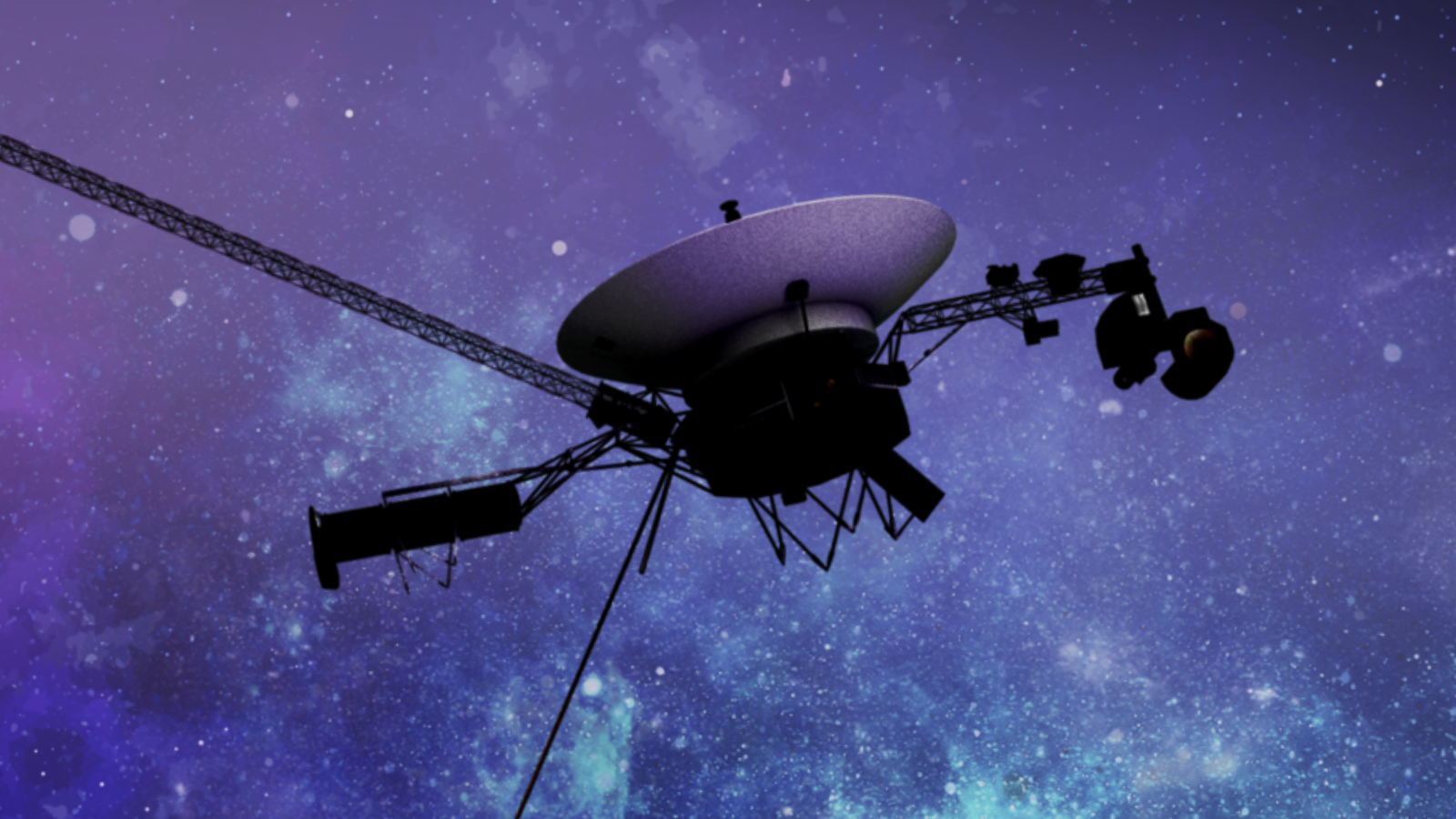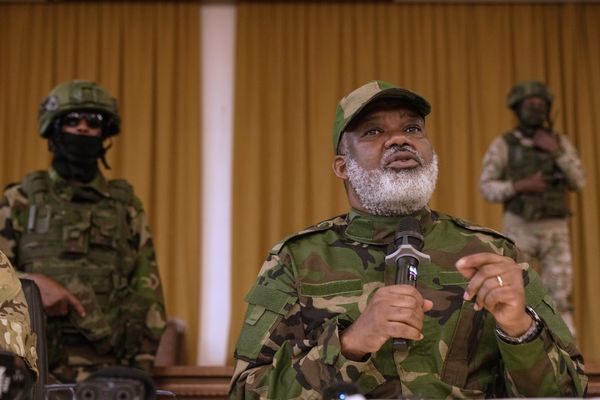
NASA engineers are a step closer to solving the communication problem that left the Voyager 1 spacecraft, which presently sits outside the solar system, unable to send usable data back to Earth.
In 2012, Voyager 1 became the first human-made object to leave the solar system and enter interstellar space. For 11 years following this achievement, the spacecraft dutifully sent data to ground control. This was data that detailed how space works beyond the influence of the sun. In Nov. 2023, however, Voyager 1's communications with ground operators stopped making sense.
To be clear, however, Voyager 2, which followed its spacecraft sibling out of the solar system in 2018, is still operational and communicating with Earth.
"Effectively, the call between the spacecraft and the Earth was still connected, but Voyager's 'voice' was replaced with a monotonous dial tone," Voyager 1's engineering team previously told Space.com.
The source of the issue appears to be one of Voyager 1's three onboard computers: The flight data subsystem (FDS). This computer, NASA says, is responsible for packaging science and engineering data before it's sent to Earth by the spacecraft's telemetry modulation unit.
Related: NASA's Voyager 1 glitch has scientists sad yet hopeful: 'Voyager 2 is still going strong'
The positive step towards solving communications issues between ground control and Voyager 1 came on March 3 when the Voyager mission team detected activity from one section of the FDS that was different from the rest of the computer’s garbled data stream.
Voyager 1's messaging to Earth comes in the form of 1s and 0s, a computer language called binary code — but since the end of last year, this code has carried no meaning. Even the newly detected signal is still not in the correct format Voyager 1 should be using when FDS is functioning as designed, meaning the operating team was initially not quite sure what to make of it.
This changed, however, when an engineer at NASA's Deep Space Network, which is tasked with operating radio antennas that communicate with Voyager 1 and its interstellar sibling Voyager 2, as well as other NASA spacecraft closer to home, got a look at the code. The unnamed engineer was able to decode the outlier signal, discovering that it contained a readout of the FDS' entire memory.

Encoded with the FDS memory are performance instructions and code values that can change either if the spacecraft's status changes or if commanded to do so. Science and engineering data to be sent back to Earth are also locked up in the memory.
The team will now compare this new signal, which occurred because of a prompt, or "poke," from mission control, to data that was sent back to Earth just before Voyager 1 started spouting binary nonsense. Finding discrepancies between regular Voyager 1 data and this poke-prompted signal will help the crew hunt for the source of the issue. The idea of the poke was to prompt FDS to try using different sequences in its software package and determine if the communication issue could be resolved by navigating around a corrupted or damaged section.
Voyager 1 is currently around 15 billion miles (24 billion kilometers) from Earth, meaning that solving communication issues can be a painstaking process. It takes 22.5 hours to receive a radio signal from Voyager 1, then another 22.5 hours to receive a response via the Deep Space Network's antennas.
That means the results of NASA's poke were received on March 3, and on March 7 engineers started working to decode this signal. Three days later they determined the signal contains an FDS memory readout.
NASA scientists and engineers will continue to analyze this readout to restore communication with the pioneering space mission that extended humanity's reach beyond the solar system.







